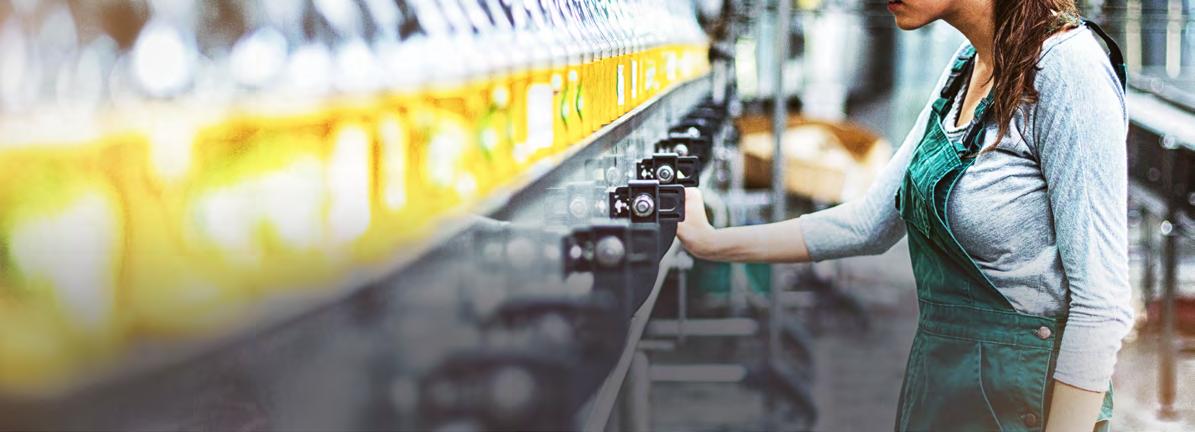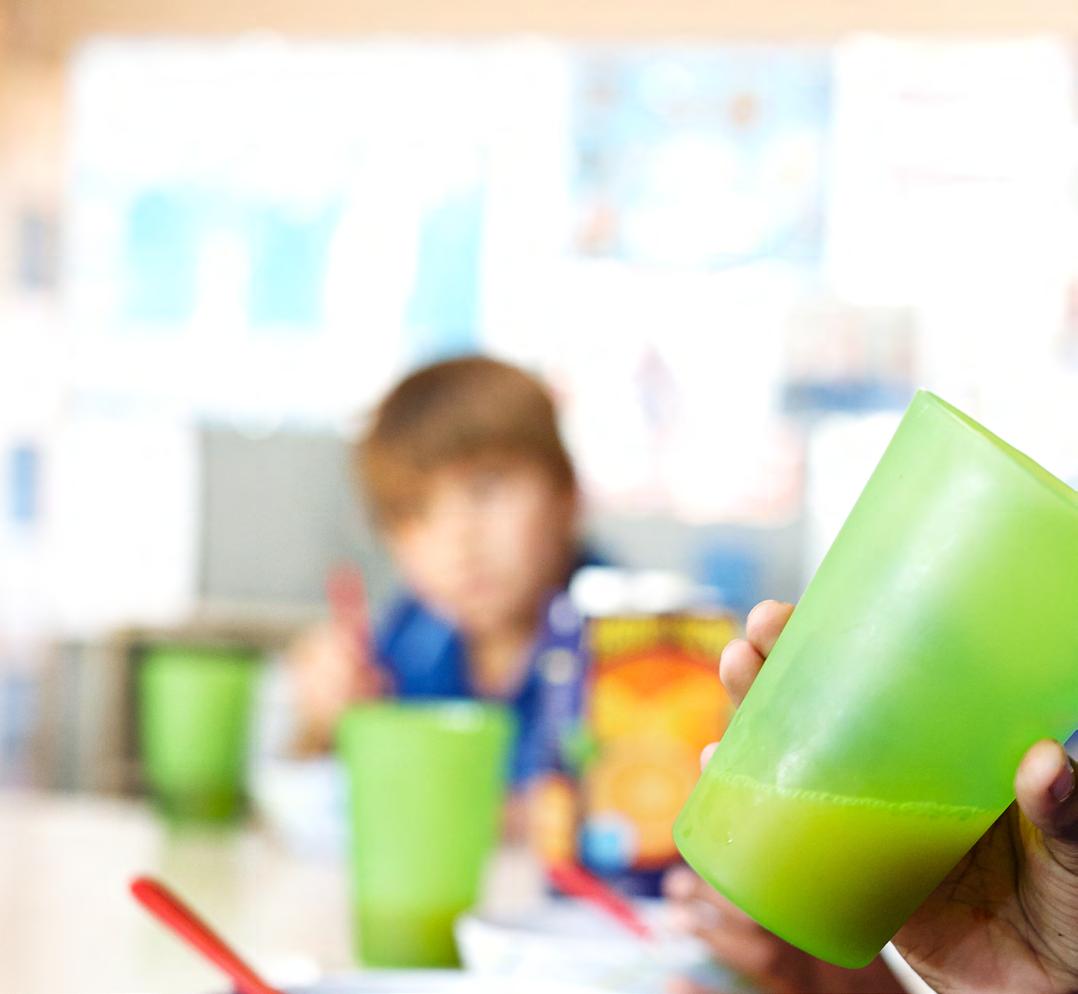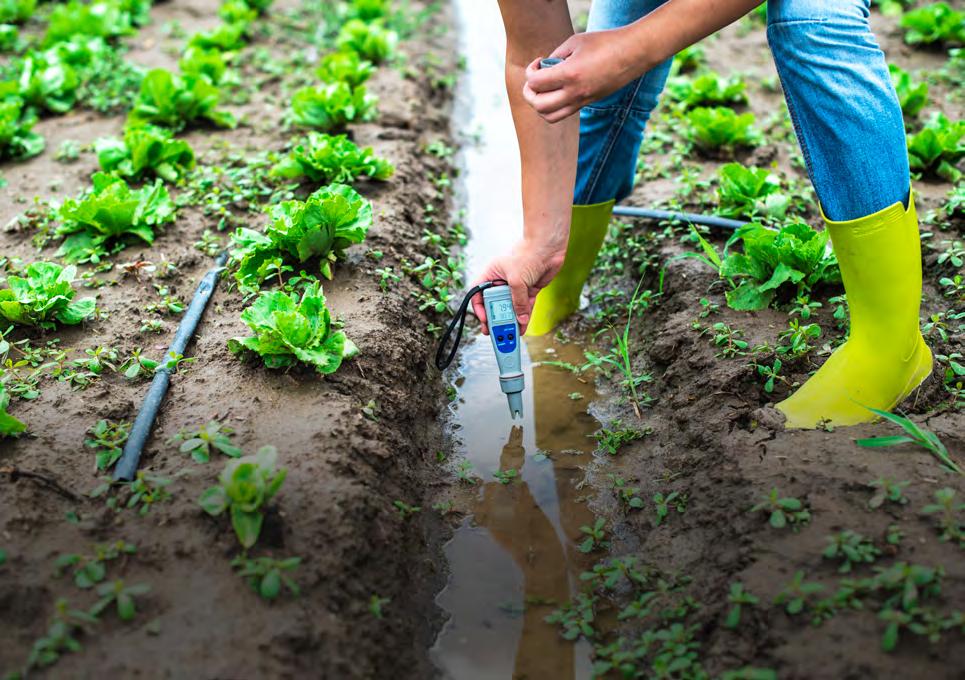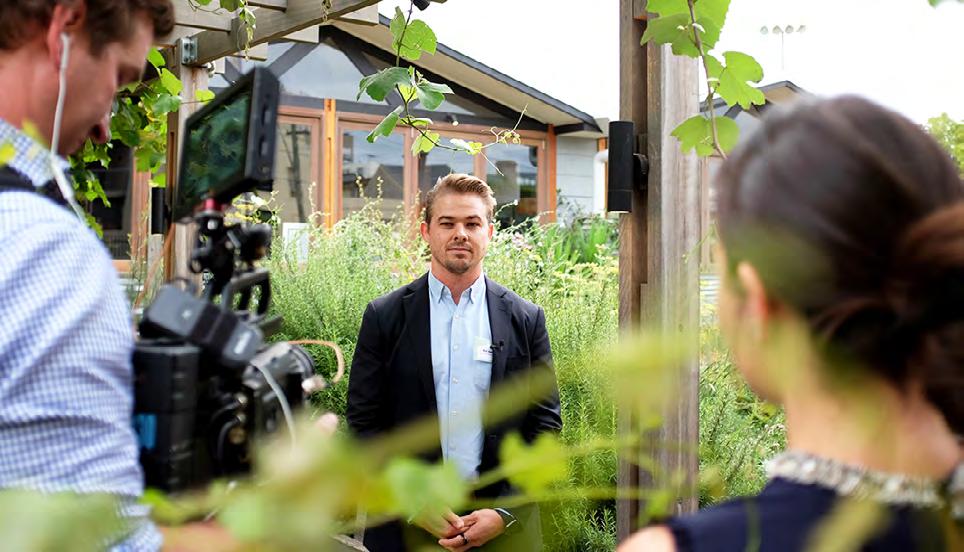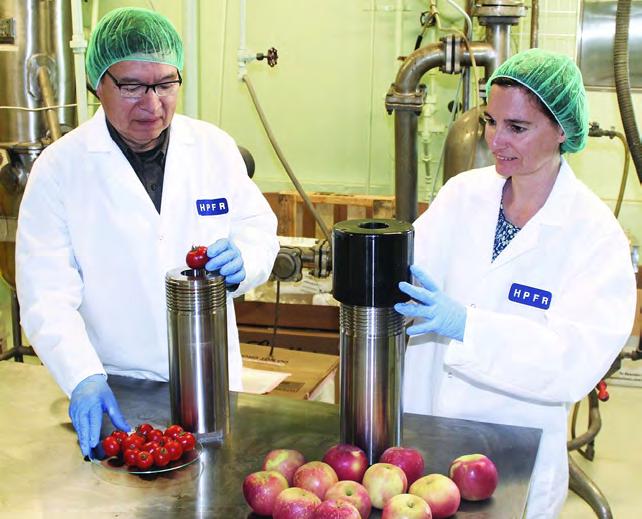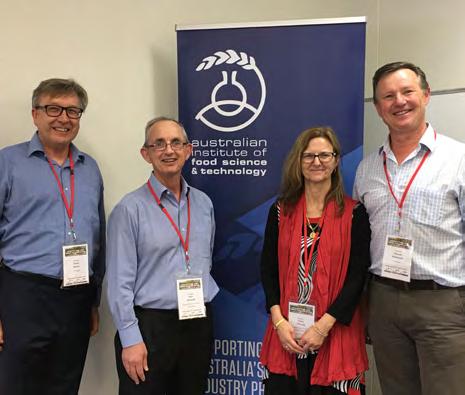ISSN 1032 5298 • PRINT POST APPROVED PP241613/00096 VOL 72 ISSUE 1
JANUARY – MARCH 2020
FOOD SCIENCE & EDUCATION
OFFICIAL PUBLICATION OF AIFST
FOOD SCIENCE & HUMANITARIAN AID
The key to our future
EDUCATION OUTCOMES IN CHILDREN
Connections with good nutrition
Regulars Food for Thought AIFST News The Pulse Sensory Fast Five






